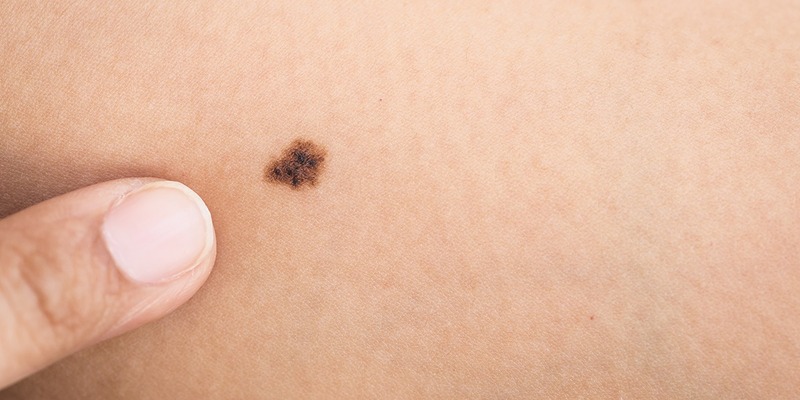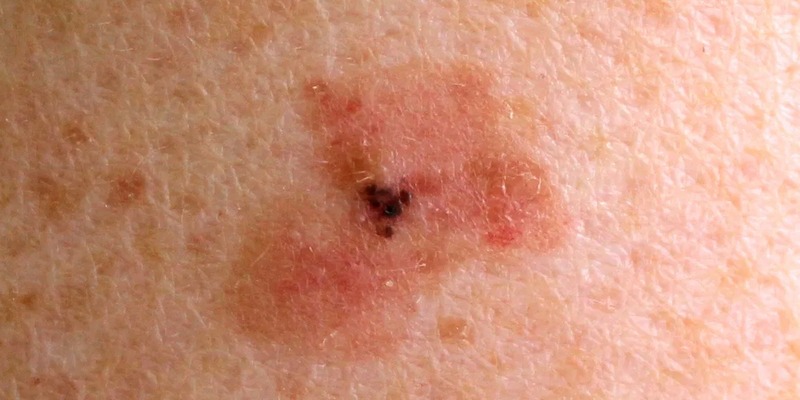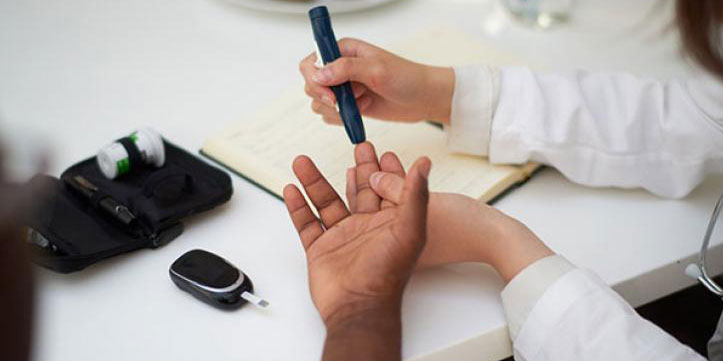
Melanoma Early Detection: Know The Signs And Symptoms
Jan 08, 2023
It is extremely important to be aware of the early warning symptoms of melanoma and to consult a medical professional as soon as possible if you notice anything that could be cause for concern.
This is because the prognosis improves the earlier a diagnosis is made. Over ninety-nine percent of patients with early-stage melanoma detected and treated are expected to be alive after five years. Once the disease has spread to other body parts, therapy becomes more difficult, and a full recovery is much less likely.
It is recommended by dermatologists that you examine your skin at least once each month to search for any odd patches or growths that might be a symptom of melanoma or another kind of skin cancer.
Melanoma: In Terms of ABCDEs

An initialism known as ABCDE is used by dermatologists to indicate the distinctions between a benign mole and one that is cancerous.
- The letter A stands for asymmetry. Most benign moles are symmetrical, meaning they will look exactly the same if you cut them in half along the center. Conversely, asymmetry is a red flag for melanoma, so watch out for that.
- B is for the border. A mole that is not cancerous will have smooth and even borders, but a mole that is cancerous may have scalloped, notched, or otherwise uneven margins.
- The letter C stands for color. Most harmless moles have a single hue, most commonly a shade of brown. Mole cancers may be brown, tan, or black in color or red, white, or blue. Additionally, they may contain a variety of distinct tints of these colors.
- The letter D stands for diameter. Melanomas, in comparison to benign melanomas, typically have a larger diameter. They often have a size comparable to the eraser found on a pencil, although if detected in their early stages, they could be smaller.
- The letter E stands for "evolving." Harmless moles frequently do not change. Melanomas can change in size, color, form, elevation, and other features.
A Quack's Quest for Ugly Ducklings
If the ABCDE method appears to be very sophisticated, dermatologists have devised a more straightforward method, which is as follows: Ask yourself whether it's an "ugly duckling" that stands out from the rest of the moles in the area because it appears different from the others.
It is possible, for example, that it may be larger and darker or that it will be a little red mole that is surrounded by larger brown moles.
When a person has a limited number of additional moles, each change in the appearance of a spot or growth stands out like a sore thumb. Patients were able to utilize this more successfully than the ABCDE approach.
A Step-by-Step Guide to Performing Your Own Skin Exams
Once you know what to search for, you should start looking for it. Regular self-examination is just as important as having your skin checked once a year by a medical professional when detecting melanoma and other forms of skin cancer in its earliest stages.
Monthly self-exams should be sufficient for most people, but they recommend checking with your doctor to ensure you don't need to look more frequently. The Skin Cancer Foundation also recommends checking with your doctor to ensure you don't need to look more frequently.
After completing a few self-exams, they become less difficult and take less time. You should be able to finish it in the allotted time of ten minutes. You will want a powerful light source, a full-length mirror, a hand mirror, two seats or stools, a hair dryer, and a pencil.
What Does Malignant Melanoma Look Like?

There are types of melanomas that do not entail a mole that is asymmetrical, irregular, of an odd hue, or that is too big. Other varieties of melanoma can seem like an ordinary bruise that does not heal over time, while yet other types can look like a little brown or black stripe located behind a fingernail or toenail. It is conceivable for some completely healthy moles to have an irregular look, just as some melanomas can lack any of the typical warning indications associated with them.
Why Having a Partner Who Can Perform Skin Checks Is a Wise Move
Researchers are coming to the conclusion that to detect melanoma, it takes more than one pair of eyes to do it effectively. Every patient came with a companion, spouse, relative, or acquaintance. Only one-half of the partners received training on how to spot worrisome lesions.
The researchers found that couples consisting of a patient and a trained partner were more likely to detect early-stage melanomas than pairs consisting of patients and partners who were just reminded to perform frequent self-exams.
People instructed to undertake skin inspections along with a partner appeared to perform self-exams more frequently and could better identify melanomas.





